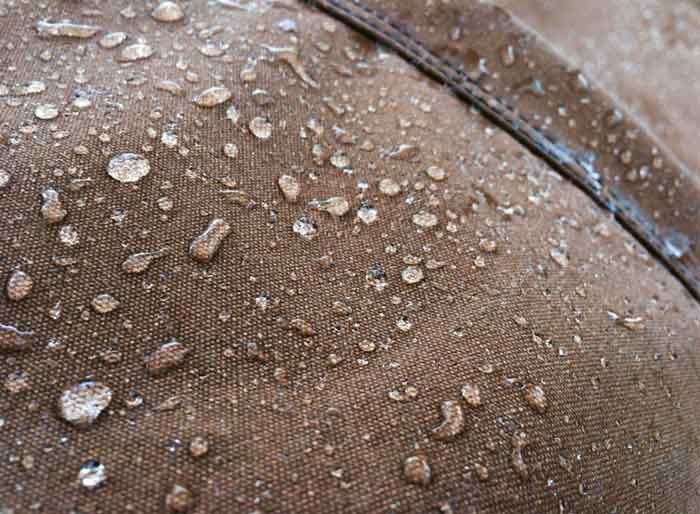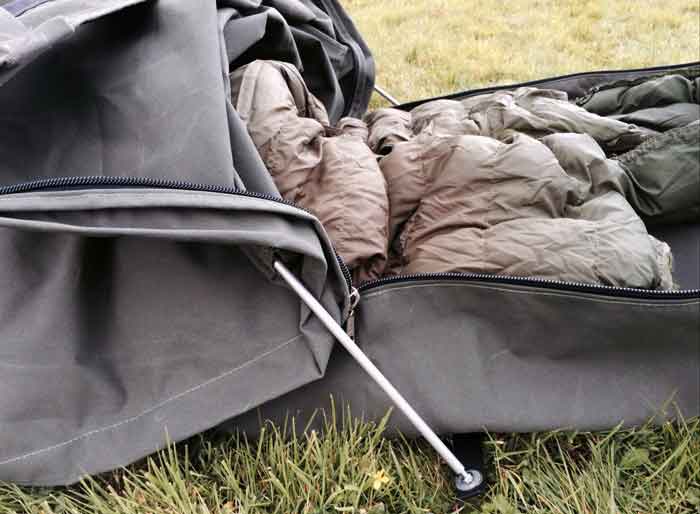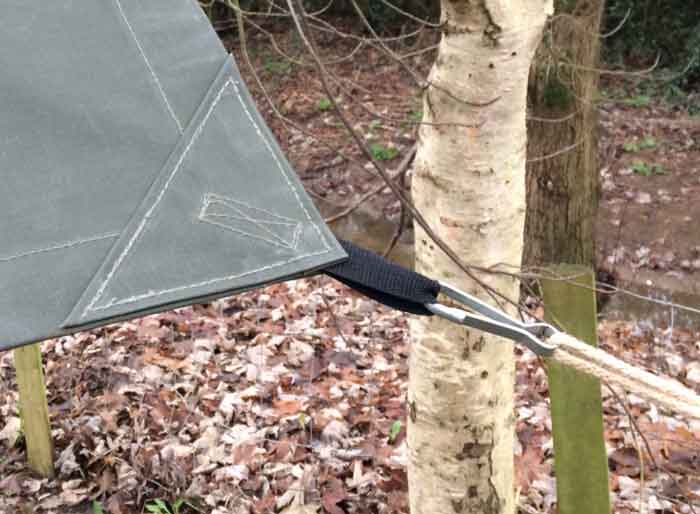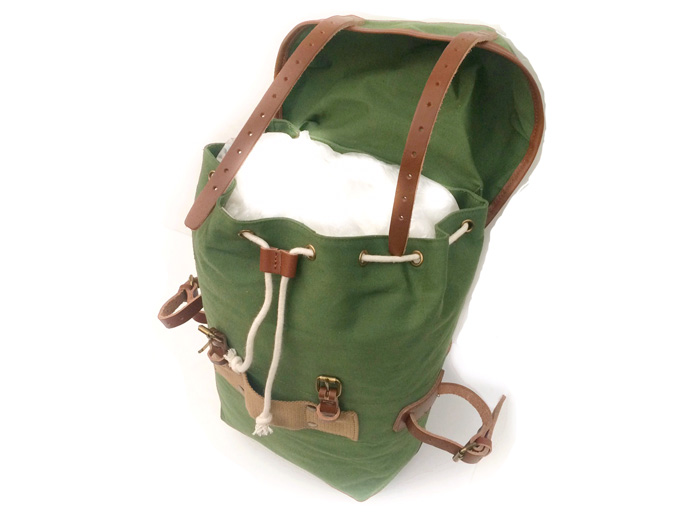Make the most of starry skies and frosty mornings this winter and get out into the wild. Wynnchester is your guide to three essential elements of adventure kit: your bed, your shelter and your pack
Patrol Pack, £150
Wynnchester was born out of a passion for beautiful design, a respect for simplicity and a love of nature. Today, they design heritage-inspired outdoors equipment for modern-day adventurers. Their customers include former and serving military, professional cowboys, scout masters and bushcraft instructors. Let's take a look at their expedition inventory:
Adventurer Bedroll
The bedroll is a simple solo shelter that sets up in seconds. Fully enclosable, it requires no ground sheet, no guy ropes and no pegs. Built to last, the bedroll is manufactured in the UK using only the finest, military-spec materials. The all-canvas construction is robust and durable, pre-treated for water, rot and fire resistance. Wynnchester’s bedrolls are used by hundreds of professionals and recreational campers the world over. £525
Adventure Tarp
Made from the same material as the bedroll, this tough canvas tarp won’t catch fire or be ruined by flying embers from your campfire or cooking stove. Measuring 3m x 1.85m, it is the perfect size for a one-man shelter. With a total of 10 reinforced attachment points, the setups are limited only by your imagination. £225
Patrol Pack
After many years restoring vintage Norwegian Army patrol packs in their workshops, the design was a natural choice for Wynnchester’s line of new-made bags. Their modern version, the 18L PATROL, remains true to the original and is constructed from military-spec canvas and 100% cowhide top grade leather. Each bag in the limited edition run is individually numbered and available in a choice of a fully waterproof, modern dry finish or a traditional hand-waxed finish using Wynnchester’s own all-natural wax formula. £150





































